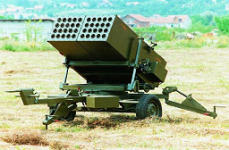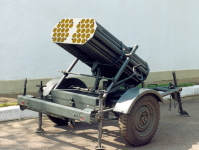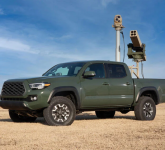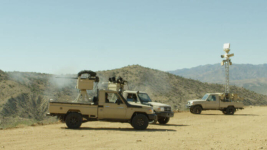- Reaction score
- 16,662
- Points
- 1,260
I doubt the 777 or 119 will go anywhere for quite some time in the Light Div’s.That still leaves the issue of the light divisions like airborne etc. Better mortars and light weight rocket launchers?

While you can basically get the same range from new 120mm Mortar rounds as the 105mm M119, the 155mm still won’t be replaced by a Mortar. Rocket Launchers are an interesting option, but given the desire for more pods than HIMARS offers, I’m unsure if the Artillery will be pushing for a LW MLR or a larger HIMARS, that could then see more HIMARS cascaded to XVIII ABN.











:quality(70)/cloudfront-us-east-1.images.arcpublishing.com/archetype/FDLNS37IPFBRPJAAZNBQRTXHEY.jpg)